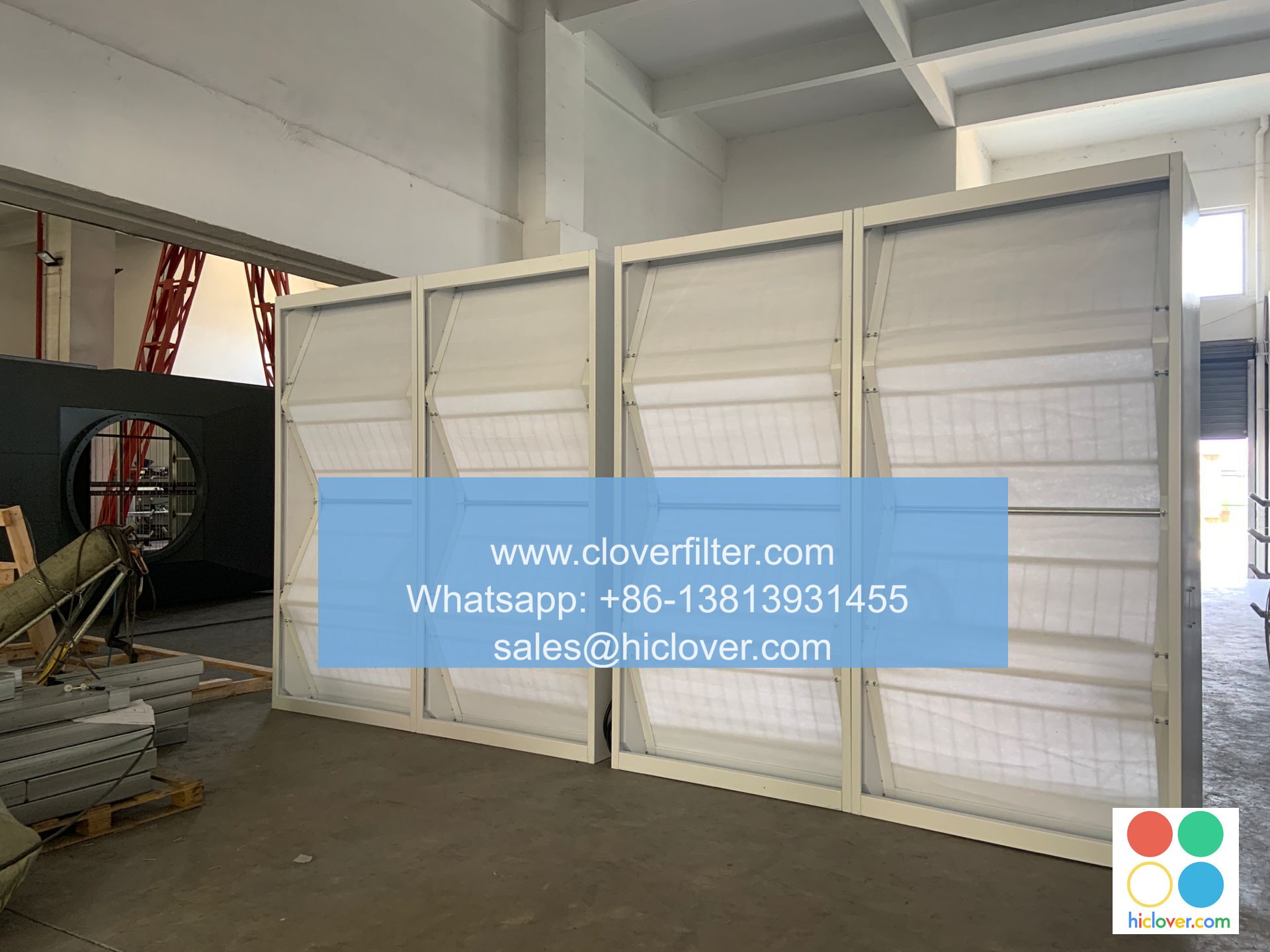The Science of Continuous Air Filtration: How it Works

The Science of Continuous Air Filtration: How it Works
Air filtration is a critical component in various industries, including healthcare, manufacturing, and hospitality. Continuous air filtration systems, in particular, have gained popularity due to their ability to provide a consistent and effective means of removing airborne contaminants, gases, and particles. In this article, we will delve into the science behind continuous air filtration, its benefits, and various applications.
Continuous air filtration systems use a combination of technologies to remove impurities from the air. The process typically consists of the following stages:
- Pre-filtration: Large particles, such as dust and lint, are removed through a coarse filter or pre-filter.
- Filtering: The air passes through a primary filter, usually with a smaller pore size than the pre-filter. This stage targets removing smaller particles, such as pollen and smoke.
- Zone 4-5: This stage is where the air enters a more dense filter with an even smaller pore size, designed to capture smaller particles, such as 0.3-1.0 micron in size.
- Carbon filtration: Activated carbon removes volatile organic compounds (VOCs), gases, and odors.
- Final filtration: The air passes through a HEPA (High-Efficiency Particulate Air) filter, which captures 99.97% of particles as small as 0.3 microns.
Benefits
Continuous air filtration systems offer numerous benefits, including:
- Improved indoor air quality: By removing airborne contaminants, these systems enhance the overall air quality, reducing respiratory problems and improving overall health.
- Extended equipment lifespan: Filtered air reduces the risk of dust and particle damage to equipment, leading to longer lifespans and reduced maintenance costs.
- Increased energy efficiency: By removing heat-exchange and ventilation system contaminants, continuous air filtration systems can improve energy efficiency and reduce energy costs.
- Enhanced brand reputation: Implementing a high-quality air filtration system can enhance a company’s reputation and provide a competitive edge.
Applications
Continuous air filtration systems are used in various industries, including:
- Healthcare: Hospitals, clinics, and medical facilities require high-quality air to ensure the health and comfort of patients and staff. Continuous air filtration systems help reduce the transmission of diseases and minimize odors.
- Manufacturing: Facilities with machinery and equipment require filtered air to prevent damage and ensure optimal operation. Continuous air filtration systems help maintain a clean and controlled environment.
- Hospitality: Hotels, resorts, and convention centers benefit from continuous air filtration systems to maintain a clean and comfortable environment for guests and staff.
- Education: Schools and universities can improve student and staff health by providing a controlled, filtered air environment.
Conclusion
Continuous air filtration systems are a crucial component in maintaining healthy, safe, and efficient working environments. By understanding the science behind these systems and their applications, industries can reap numerous benefits, including improved indoor air quality, extended equipment lifespan, and enhanced brand reputation. When selecting a continuous air filtration system, it’s essential to consider factors such as air flow rate, filter type, and system maintenance requirements to ensure optimal performance and effectiveness.
Key Takeaways
- Continuous air filtration systems remove airborne contaminants, gases, and particles.
- The process typically consists of pre-filtering, filtering, zone 4-5, carbon filtration, and final filtration.
- Benefits include improved indoor air quality, extended equipment lifespan, increased energy efficiency, and enhanced brand reputation.
- Applications include healthcare, manufacturing, hospitality, and education.
- When selecting a system, consider air flow rate, filter type, and system maintenance requirements.
Additional Resources
- American Society of Heating, Refrigerating and Air-Conditioning Engineers (ASHRAE) guidelines for indoor air quality
- Corrosive Panel and Filter discusses the benefits of continuous air filtration in healthcare facilities
Note: This article is meant to provide general information on continuous air filtration systems and their applications. For specific requirements and recommendations, it is recommended to consult with a qualified professional or industry expert.
I’m here to help! What would you like to talk about or ask?

